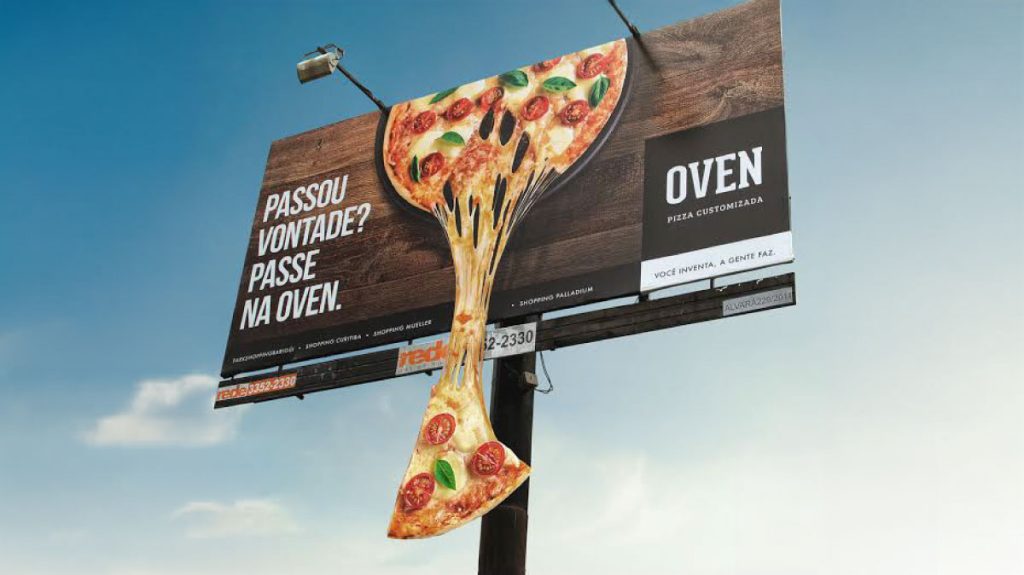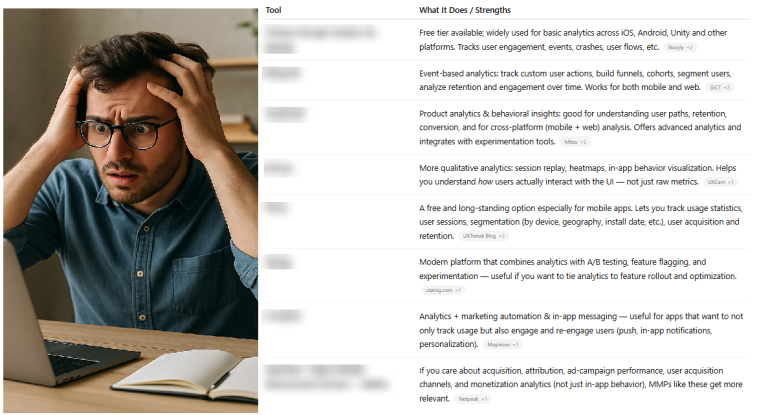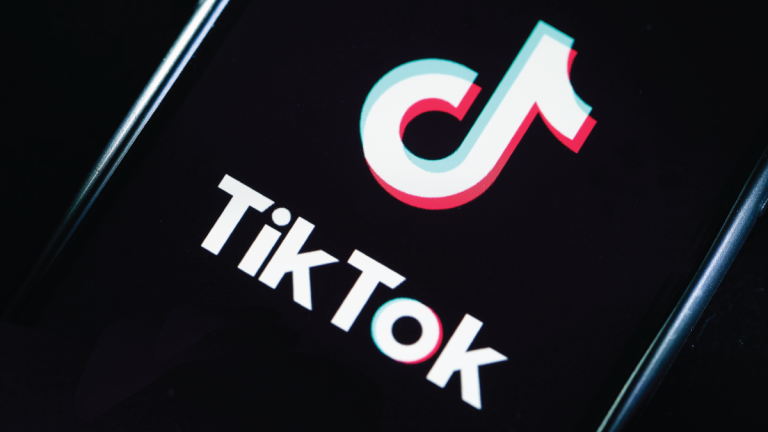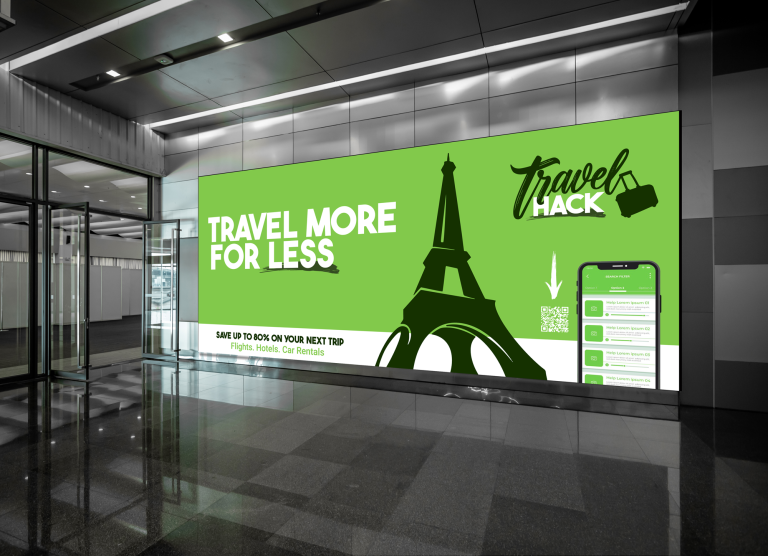
The Startup Death Spiral
Tell me if this sounds familiar. There’s a cycle I see happen all too often with small businesses, and it seems many business leaders ignore it or are ignorant to it.
Here’s a simplified version:














I’ll let you figure out how the story ends.
It seems as though many business leaders expect constant growth YoY. What they need to understand is there are different stages of growth (which we’ll look at in this post), and at each stage, your strategy and tactics need to change. You cannot continue to acquire users at the same rate in the “low-hanging fruit” stage.
As you move up the ladder into different stages, new fruit is more scarce, harder to reach, and thus becomes more costly… especially with other fruit pickers competing with you.
And thus, new strategy and tactics need to be implemented.
The SaaS Growth Pyramid
The SaaS Growth Pyramid is a framework I use to diagnose why a SaaS company stalls or fails to scale. Think of it like Maslow’s hierarchy, you can’t move to the next level sustainably until the one below it is solid.
Level 1: Product–Market Fit (PMF)
Product–Market Fit (PMF) is all about asking the core question: Do people truly need this?
If your consumer lacks a deep, painful problem that you solve, then you don’t have a clear consumer base who has strong enough demand.
Symptoms of this are:
- Customers churn after a few months
- Sales cycles are long and rely on discounts
- Founders still “explain” what the product does rather than buyers instantly “getting it”
- Feedback is inconsistent or contradictory
To overcome this, try narrowing your ICP (ideal customer profile) and focus on solving one specific use case until retention exceeds 80–90%. Once you identify that thing that makes customers have that ‘aha’ moment, then you can optimize the onboarding process to drive users there faster.
Level 2: Positioning & Messaging
Positioning & messaging often get confused, but they are distinctly unique. Positioning is all about creating a clear story and differentiation. Why should customers choose you. If you don’t have that clear distinction, and you look exactly like your competitors, you don’t have a brand, you have a commodity, and there’s no reason to choose you other than price. So it becomes a race to the bottom as they say.
If prospects compare you feature-for-feature with competitors, then it’ll be harder to charge premium prices.
Unsure you define your category and frame competitors as outdated or incomplete. Then you can craft messaging that speaks to emotional outcomes (not just features). Use customer language, not your own, in marketing copy.
Level 3: Go-To-Market Alignment
Part of finding product-market fit is being able to predictably acquire and retain customers. Often this comes down to a misalignment between marketing, sales, and success.
Leads are unqualified or churn quickly, sales blames marketing; marketing blames sales, and customer success is firefighting, not expanding accounts.
Instead, build a feedback loop between acquisition → activation → retention.
Use a single metric (e.g., LTV:CAC (customer acquisition cost) or NRR (net reoccurring revenue)) to align the org.
Ensure you optimize for retention before scaling acquisition.
Level 4: Growth Loops
I’m a firm believer in growth loops, and have written about it before – What is the Biggest Limiting Factor for SaaS Growth?
Essentially, you want growth to compound automatically and have less of a reliance on paid acquisition or one-off campaigns.
If CAC rises faster than LTV and marketing feels like constant reinvention (where virality, community, or integrations aren’t leveraged) then you don’t have a sustainable business. You have a flash in the pan that eventually will fizzle out.
Identify self-reinforcing systems:
- Viral Loop: Users invite others (Slack, Loom, Notion)
- Content Loop: Users generate content that attracts more (Webflow, Figma)
- Data Loop: Usage creates insights others value (Ahrefs, HubSpot)
Invest in community, education, and brand trust.
Level 5: Capital Efficiency & Scale
Is your growth sustainable – that’s the million-dollar question.
Growth is fragile, expensive, or unprofitable. In so many cases, businesses need constant fundraising to maintain burn, metrics look good top-line, but margins or cash flow lag, hiring outpaces culture or operational maturity, etc.
The most successful companies prioritize Net Revenue Retention (NRR) over new MRR, they automate internal processes (billing, onboarding, renewals), and invest in brand to lower future CAC.
Casey Neistat is a Master Storyteller
Continue Reading: Casey Neistat is a Master Storyteller

Continue Reading: Adapt or Die: Your Company is Either Growing or Dying
- Related post: The T-Shirt Theory of Branding
- Related post: The Power of Branding: John’s Family Premium Organic Garlic
- Related post: Why You Don’t Want to Run a Business that Relies Solely on Ads


Continue reading: What’s the ROI of a Billboard








